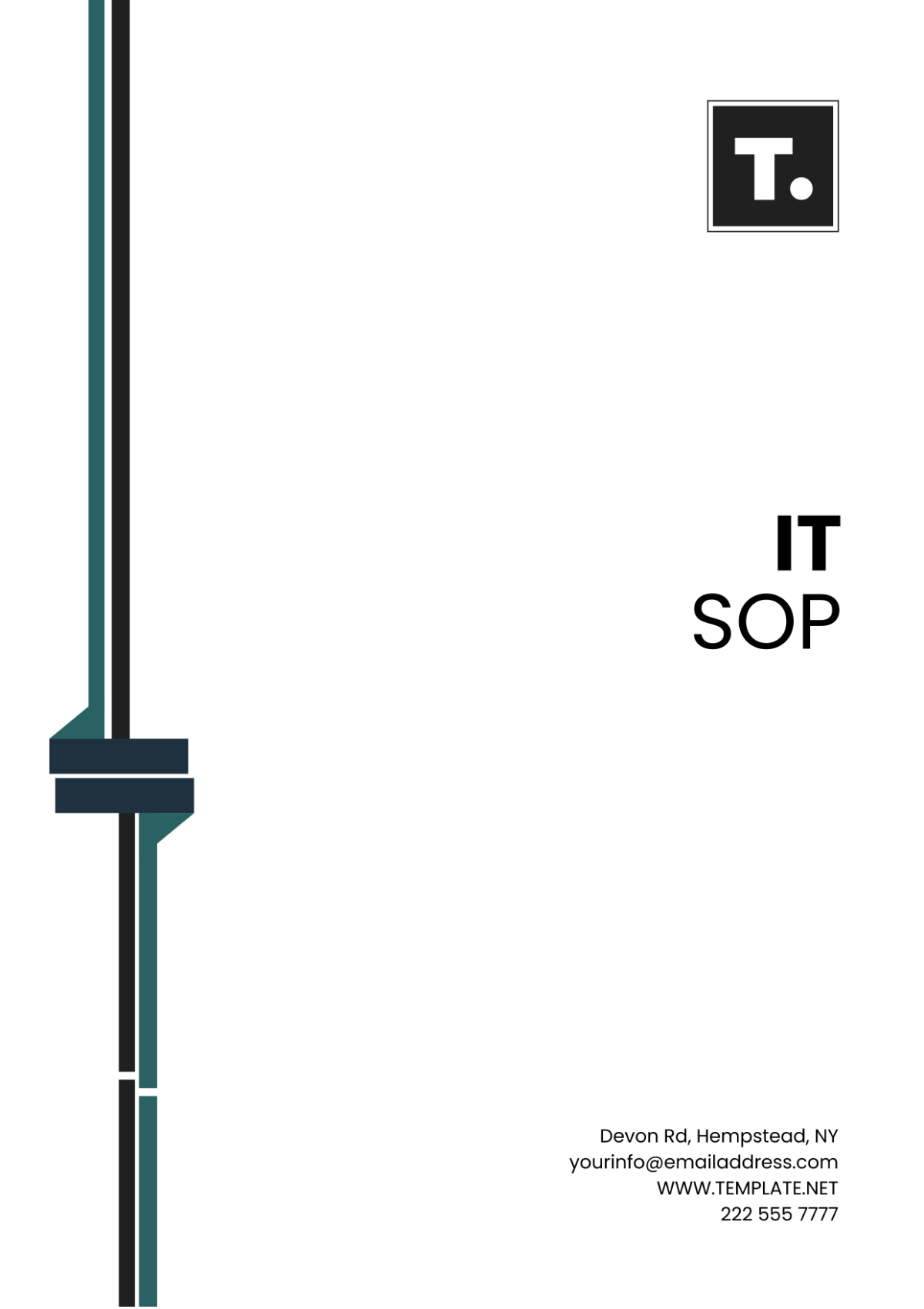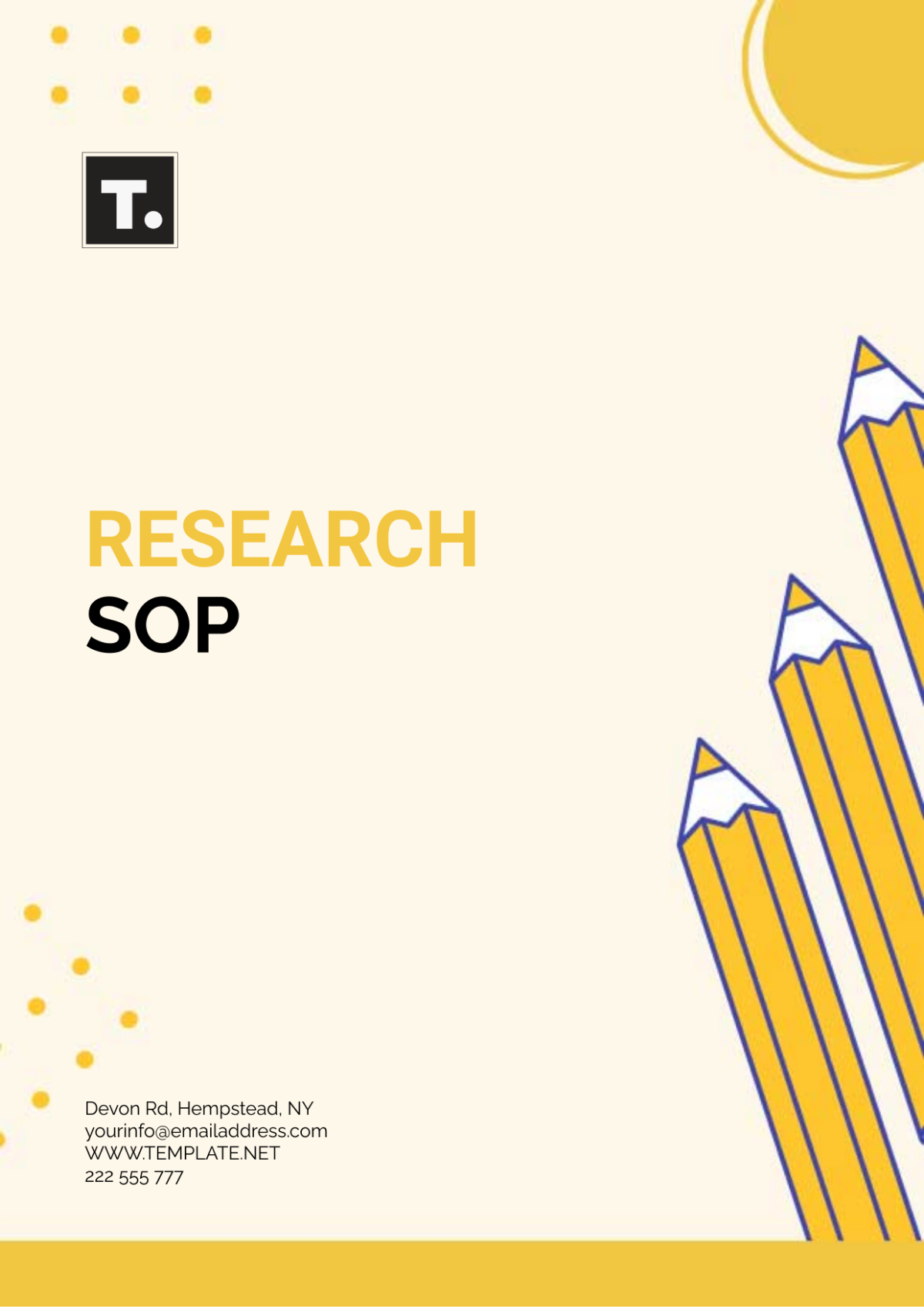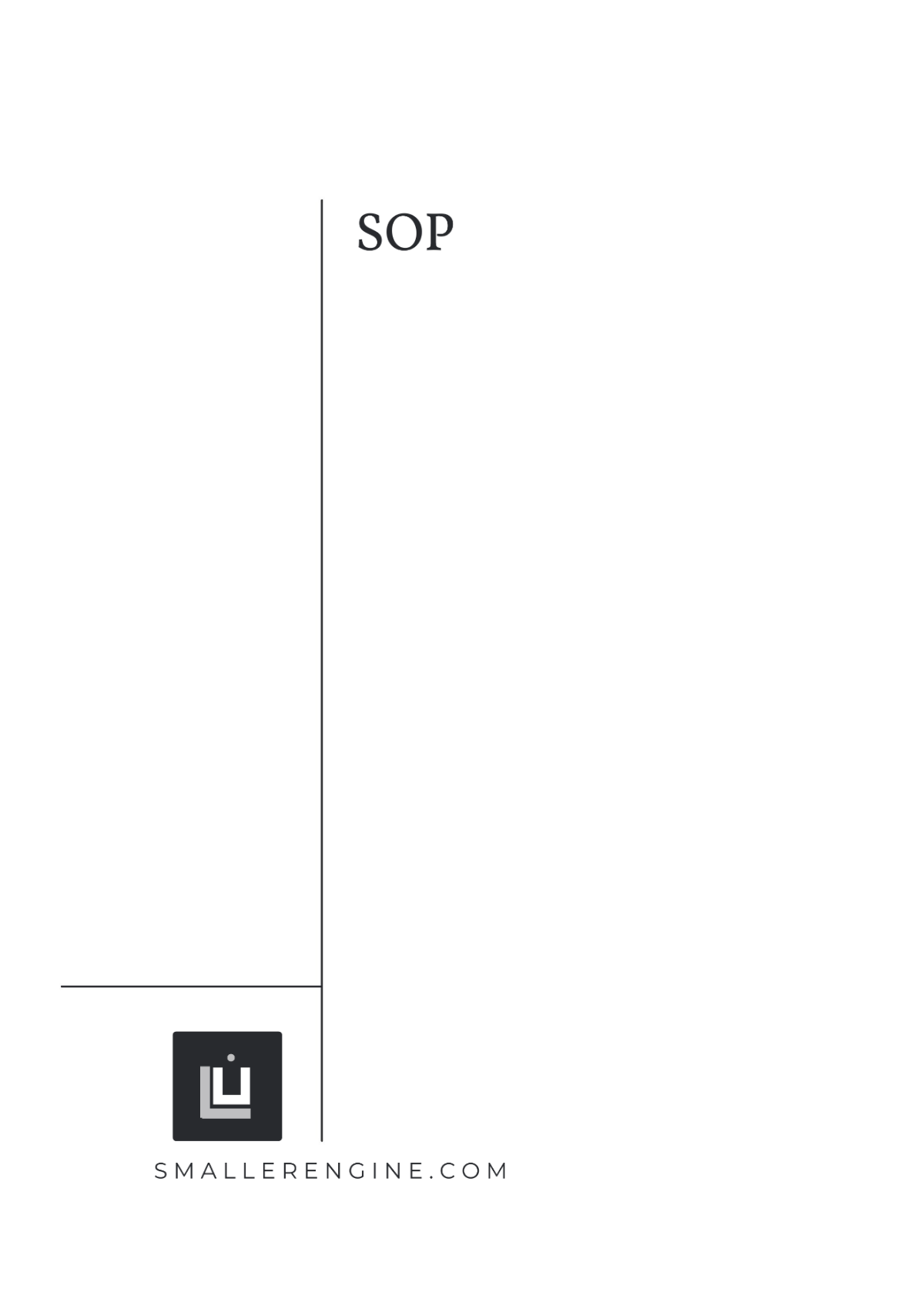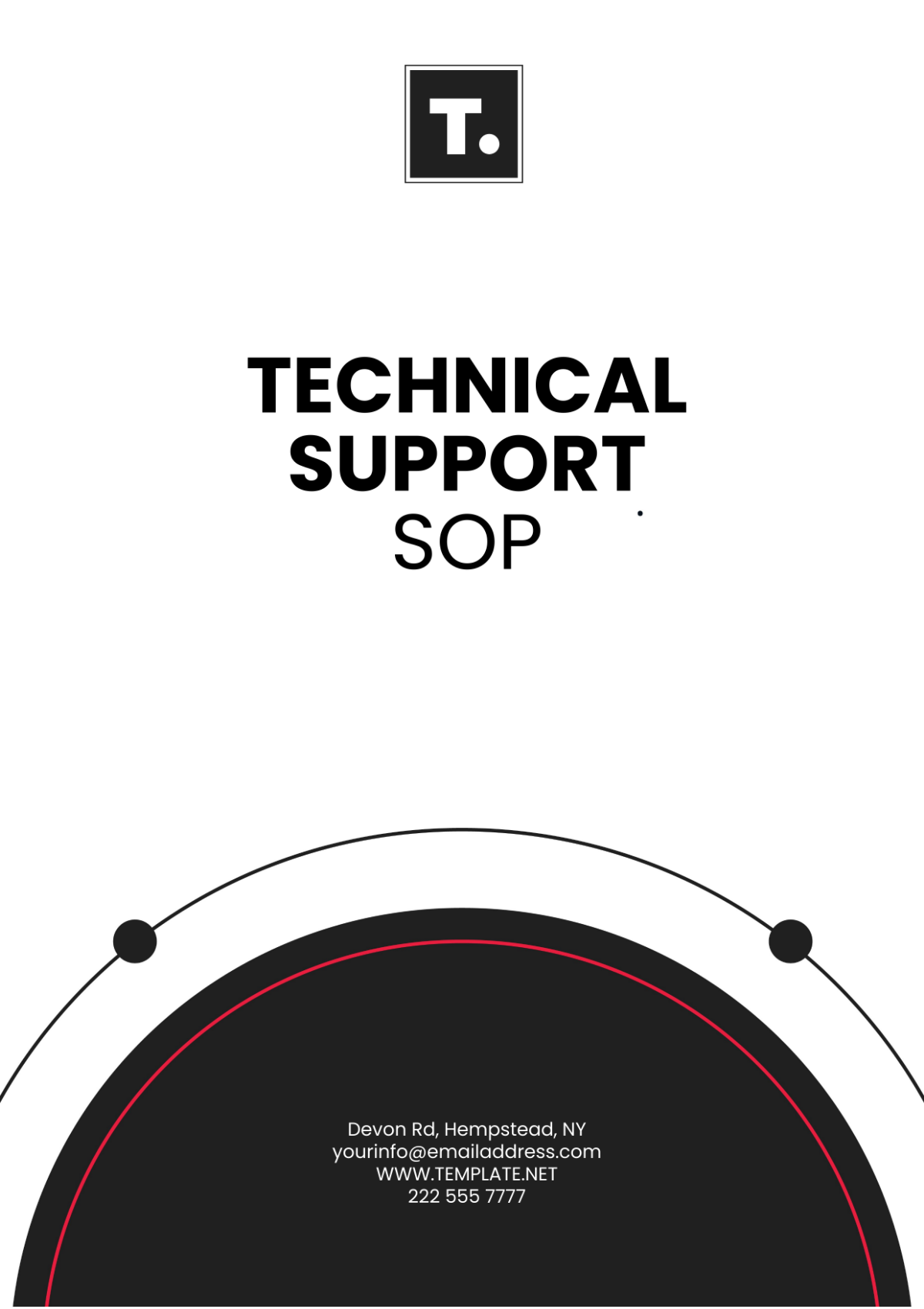Free Quality SOP Template
Quality SOP
I. Purpose
The purpose of this Standard Operating Procedure (SOP) is to outline the procedures and guidelines for maintaining high-quality standards in [YOUR COMPANY NAME]'s operations. This SOP aims to ensure consistency, efficiency, and compliance with quality standards across all departments and processes.
II. Scope
This SOP applies to all employees, contractors, and stakeholders involved in [YOUR COMPANY NAME]'s operations. It encompasses all aspects of quality assurance, including but not limited to product/service quality, process quality, documentation, and continuous improvement.
III. Responsibilities
III.I Quality Assurance Team
The Quality Assurance Department is responsible for developing, implementing, and maintaining quality standards and procedures.
Quality Assurance Manager, oversees the overall quality assurance process and ensures compliance with relevant regulations and standards.
Quality Control Inspectors are responsible for conducting inspections, tests, and audits to verify compliance with quality standards.
III.II Department Managers
Department Managers are responsible for implementing quality assurance procedures within their respective departments.
Department Heads ensure that employees are adequately trained in quality assurance procedures and adhere to them consistently.
IV. Procedures
IV.I Documentation and Record Keeping
Document Control
All quality-related documents, including SOPs, work instructions, and records, shall be maintained and controlled by the Quality Assurance Department.
Documents shall be regularly reviewed, updated, and approved by authorized personnel.
Record Keeping
[YOUR COMPANY NAME] shall maintain accurate records of quality inspections, tests, non-conformities, and corrective actions.
Records shall be retained for the specified retention period as per regulatory requirements.
IV.II Inspection and Testing
Incoming Inspection
All incoming materials or components shall undergo inspection to ensure they meet specified quality requirements before acceptance.
Non-conforming materials shall be properly documented, segregated, and disposed of according to established procedures.
In-Process Inspection
Quality Control Inspectors shall conduct regular inspections at various stages of the production process to verify compliance with quality standards.
Any deviations from the standard procedures shall be promptly addressed and documented.
Final Inspection
Finished products shall undergo a final inspection to ensure they meet all quality specifications and customer requirements.
Only products that pass the final inspection shall be released for distribution or use.
IV.III Corrective and Preventive Actions (CAPA)
Identification of Non-Conformities
Non-conformities identified during inspections, tests, or audits shall be documented and investigated to determine root causes.
Corrective Actions
Corrective actions shall be implemented promptly to address identified non-conformities and prevent their recurrence.
The effectiveness of corrective actions shall be monitored and verified.
Preventive Actions
[YOUR COMPANY NAME] shall proactively identify and implement preventive actions to eliminate potential sources of non-conformities.
Preventive actions may include process improvements, training programs, or changes to quality control procedures.
IV.IV Continuous Improvement
Quality Metrics and Monitoring
Key performance indicators (KPIs) shall be established to monitor the effectiveness of the quality assurance process.
The Quality Assurance Manager shall regularly review quality metrics and initiate corrective actions as necessary.
Quality Management Review
Periodic management reviews shall be conducted to assess the overall performance of the quality management system and identify areas for improvement.
Management review meetings shall involve key stakeholders and result in actionable improvement plans.
V. Training and Documentation
V.I Training
New Employee Orientation
All new employees shall receive training on quality assurance policies, procedures, and expectations during orientation.
Training materials shall be provided, and employees shall demonstrate competency before performing quality-related tasks independently.
Ongoing Training
Department Managers shall ensure that employees receive ongoing training to maintain and improve their skills in quality assurance.
Training needs shall be identified through performance evaluations and feedback mechanisms.
V.II Documentation
SOP Updates
This SOP shall be reviewed and updated periodically to reflect changes in processes, regulations, or best practices.
The Quality Assurance Manager is responsible for ensuring that all relevant stakeholders are informed of SOP updates.
Document Control
Changes to quality-related documents shall be documented, reviewed, and approved according to established procedures.
Previous versions of documents shall be archived for reference and traceability purposes.
VI. Revision History
Revision No. | Description | Date | Revised By |
|---|---|---|---|
1.0 | The initial version of the SOP | [DATE] | [Your Name] |
2.0 | Updated procedures for clarity and compliance | [DATE] | [Your Name] |
3.0 | Added section on Continuous Improvement | [DATE] | [Your Name] |

















































